Our objectives
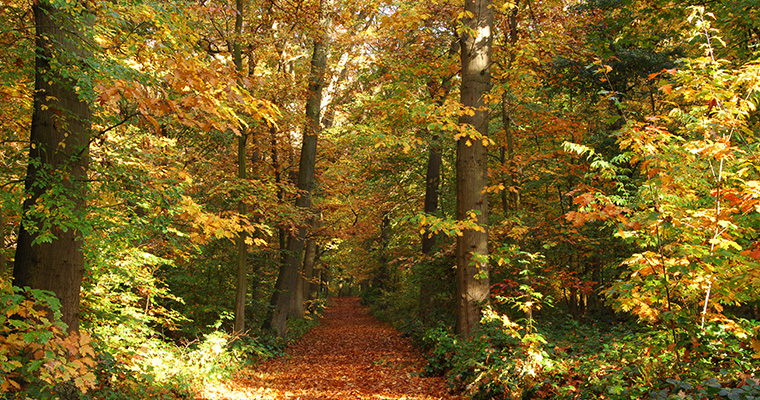
The Ville Forests harbour large old-growth forests of the natural habitat type 'oak-hornbeam forests on hydromorphic soils'. The main objective of our project is the protection of these impressive forests and the forest-dwelling species.
1. Restoration of the natural water balance
The occurrence of the oak-hornbeam forests in the Kottenforst and the Ville is closely linked to special soil conditions. This natural habitat type can only survive if the soil is temporary waterlogged. However, the long-term existence of the forests is endangered by a network of drainage ditches
Objective: Restoration of the natural water balance by closing drainage ditches on 350 hectares.
2. Preservation and advancement of habitat trees
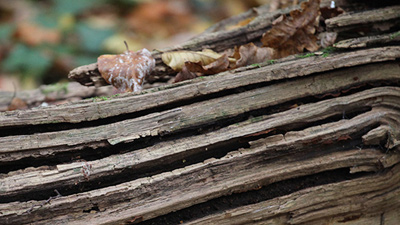
Tree cavities, injures and damages at bark or crown are important microhabitats for many forest-dwelling species like woodpeckers, bats and beetles. The project preserves habitat trees to intregate nature conservation objectives in forest management.
Objective: Preservation and advancement of a permanent and exemplarily high amount of habitat trees (more than 10 trees per hectare) in all oak and beech forests older than 100 years by preserving individual trees and groups of trees.
3. Increase and link of natural forest habitats
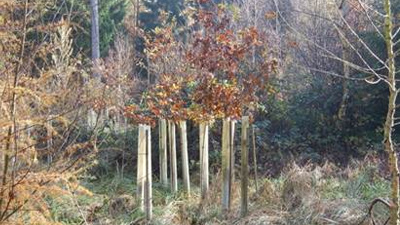
25 percent of the project area is covered by spruce and pine forests at present. They will be converted to multi-layered mixed broadleaf forests. So, the existing natural forest habitats will be connected and a large and undivided natural forest area will be created.
Objective: Conversion of spruce and pine forests on 138 hectares by planting oak and beech.
4. Protection of amphibians
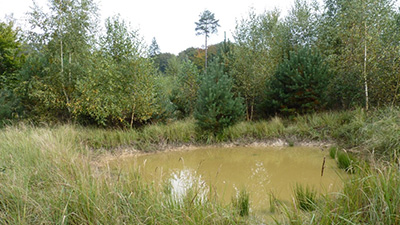 There are a lot of small ponds in the Ville-forests used as spawning grounds for the great crested newt, midwife toad and agile frog. Thus, connecting of the existing ponds is required to preserve the local populations
There are a lot of small ponds in the Ville-forests used as spawning grounds for the great crested newt, midwife toad and agile frog. Thus, connecting of the existing ponds is required to preserve the local populations
Objective: Construction and restoration of 25 ponds.
5. Restoration of species-rich lowland hay meadows
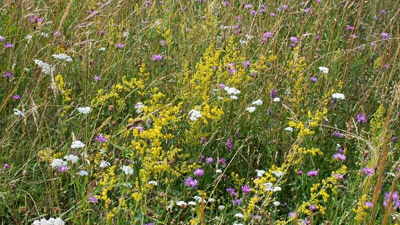
The small forest meadows in the Ville-forests are a refuge for plant and animal species, which have disappeared from the intensively used agricultural landscape of the Rhine valley. These grasslands are hunting grounds for bats and woodpeckers which benefit from the rich insect fauna.
Objectives: Restoration of 20 species-rich grassland habitats.





